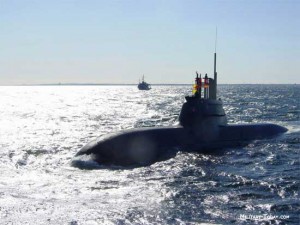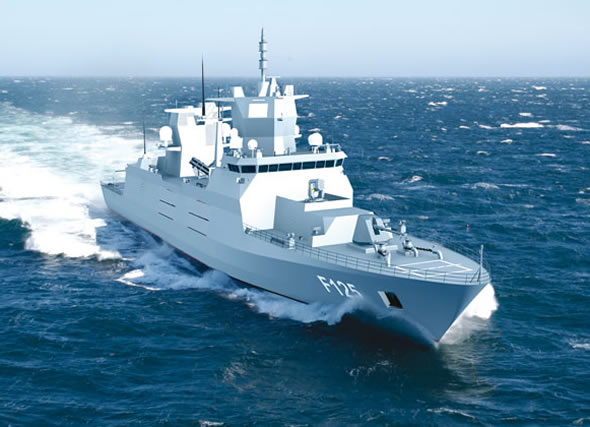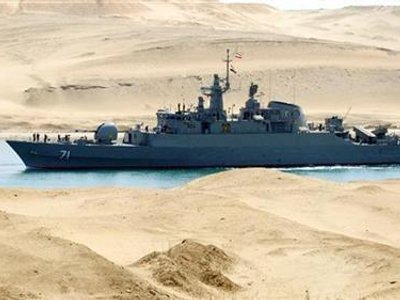What should your Navy/Coast Guard invest in more that it is not investing enough in today?
This is the second in our series of posts from our Maritime Futures Project. Note: The opinions and views expressed in these posts are those of the authors alone and are presented in their personal capacity. They do not necessarily represent the views of their parent institution U.S. Department of Defense, the U.S. Navy, any other agency, or any other foreign government.
LT Alan Tweedie, USNR:
Maintenance. An ounce of prevention is worth a pound of cure. Creating maintainable and upgradeable ships with long service lives is the key.
YN2(SW) Michael George, USN:

The Navy should invest in greater preventative maintenance efforts aboard ships as well as for shore commands. By always granting repair contracts to “the lowest bidder” we get what we pay for. This is something military members often hear about, and it definitely seems to ring true from my experience.
From touring some Japanese Maritime Self Defense Force (JMSDF) ships and seeing the upkeep and quality in maintenance, their ships appear to be more “ready to go” than our own, despite U.S. ships having generally superior weapons and technology.
LT Drew Hamblen, USN:
Network security, unmanned aerial systems (UAS), over-the-horizon (OTH) communications, and data-storage capacity – my squadron’s share drive for 250+ personnel holds less than my 20GB smart phone.
LCDR Joe Baggett, USN:
Improved and expanded theater ISR (Intelligence, Surveillance and Reconnaissance) capabilities. Adversaries are unlikely to attempt conventional force-on-force conflict. The days of Carl von Clausewitz’s “Total War” and theory of capital ships fighting capital ships to decide the outcome of war seem no longer valid. To the extent that maritime forces can be openly challenged, plans to do so will almost certainly rely on asymmetric attack and surprise, achieved through stealth, deception, or ambiguity. Therefore, to be effective:
– Our ISR capabilities must include innovative ways to penetrate the designs of adversaries, and discern their capabilities and vulnerabilities while supporting the full range of military operations.
– We significantly increase our commitment to advance maritime domain awareness (MDA) and expanded ISR capabilities and capacities.
– Maritime forces must be committed and have the capability to enhance information sharing, underpinning and energizing our capability to neutralize threats to our nation as far from our shores as possible.
We must remove the possibility of an adversary gaining the initiative over forward-deployed forces and ensure we provide decision makers with the information they need to deter aggression and consider escalatory measures in advance of such gambits.
Rex Buddenberg, U.S. Naval Post Graduate School:
Integrating abilities. The single most important one here is investing only in radio-WAN (wide area network) communications systems, that is, routable networks (whether or not there is a satellite involved). All other (i.e. stovepipe) comms technologies should only get maintenance money adequate to carry them through a reasonable life cycle.
Programmatically, we’re investing millions in new platforms (true for both the Navy and Coast Guard) but by comparison are investing little in integrating information system capabilities – and those investments we are making are in more stovepipes (e.g. MUOS, Rescue 21).
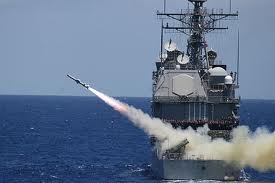
Bryan McGrath, Director, Delex Consulting, Studies and Analysis:
I believe the U.S. Navy is insufficiently investing in building up its stock of precision-guided munitions of all types.
LT Chris Peters, USN:
Maybe we’re already working on this, but I would like to see an anti-ship cruise missile (ASCM) capability on Flt IIA (Arleigh Burke-class) DDGs, as well as a long-term upgrade for the Harpoon missiles. I see the absence of ASCMs on the majority of our DDGs as a significant weakness in SuW (Surface Warfare).
Sebastian Bruns, Fellow, Institute for Security, University of Kiel, Germany:
It appears that the German armed forces are, once more, approaching cross-roads. With the publically desired withdrawal of forces from Afghanistan, and noticeable conflict fatigue in German society, it will be crucial to learn the right lessons from this conflict. Some aspects have already been thoroughly reviewed and analyzed, such as inter-service and inter-agency approaches to counter-insurgency, and respective lessons (to be) learned.
In light of the dim future of Afghanistan and the real, lasting effects of the Western engagement in Central Asia, however, a neo-isolationist reflex could well hinder participation in expeditionary operations of any sort in the near future. The German Navy and those who are supportive of its cause (be they in government, the armed forces, or general public) must continue to work to counter sea-blindness and such isolationist tendencies. There can hardly be too little investment in generating greater understanding of the leverage of seapower. At the same time, it is difficult to put a dollar (or, for that matter, a Euro) price tag on such a comprehensive approach. From a procurement point of view, it will be essential to streamline bureaucratic processes to allow shipbuilding and aircraft procurement to be quicker and more reliable than in the past.
Felix Seidler, seidlers-sicherheitspolitik.net, Germany:
If there were money to invest, Germany would be well advised to increase its expeditionary naval capabilities. Besides the proposed Joint Support Ship, a multinational LHD (Mistral-class) or medium-size aircraft carrier run by Germany and allied countries would be a great step forward in capabilities.
CDR Chuck Hill, USCG (Ret.):
The U.S. Coast Guard needs to cut its manpower requirement because that is where most of the money is spent. It needs to look for opportunities to replace manpower with technology.
CDR Chris Rawley, USNR:
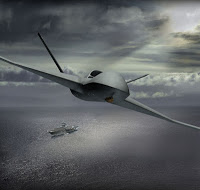
First, the U.S. Navy should acquire at least 50 small, affordable ships. The Navy needs multi-purpose ships that can be built in large numbers to conduct the day-to-day operations that are running larger combatants, amphibious ships, and their crews ragged. These ships need self-defense weapons, high endurance, flight decks, surplus berthing for embarking detachments of various types, as much bandwidth as possible, and not much else. They may be sized like a frigate or corvette, but don’t have to look like one. Unfortunately, LCS does not appear to fit the bill as its costs (including the still-unfinished mission packages) will not allow for large purchases during the fiscal shoal waters that DoD budgets are approaching. The argument is routinely made that small combatants cannot be built cheaply any more, yet our allies continue to crank out small, capable ships at relatively affordable price points.
Second, the Navy needs more sea-based ISR and unmanned strike. We can’t kill targets that we can’t rapidly find and classify. Basing remotely piloted aircraft ashore is dicey and getting more difficult every day. We can mitigate this by getting long-dwell ISR to sea as quickly as possible. The key is to do it affordably.
Bret Perry, Student, Georgetown University:
When compared to the rest of the fleet, the U.S. Navy’s minesweepers lack the amount of attention they deserve. This is not surprising as historically America’s Baltic allies in NATO took the lead on this role. However, these allies’ willingness to promptly deploy these assets to assist the U.S. in countering security threats in the Persian Gulf and Asia is questionable. Thus, the U.S. should attempt to develop a more capable, advanced minesweeping fleet of its own to fill this potential gap.
LT Jake Bebber, USN:
Cryptology is broken in the U.S. Navy. One of the biggest factors is the lack of quality training our cryptologic technicians receive prior to arriving in the fleet. Today, young cryptologists receive the proverbial “fire hose” stream of out-of-date Power Points and CBT (computer based training). Often, they are given instruction on equipment that is no longer used. If they are provided training on up-to-date equipment, it is in a sterile, laboratory setting. The “basics” of cryptologic reporting, maintenance of equipment, and analysis suffer as cutbacks to training budgets lead to reduced training time and preparation. The Navy needs to invest in cryptologic training to start rebuilding our maritime cryptologic capabilities.
Results of informal poll in CIMSEC’s Internal Discussion Facebook Group
In What Should Your Coast Guard/Navy Invest More that it is not investing enough in today?
Frigate/Corvette-sized multi-purpose ships: 10 77%
Sea-based ISR: 4 31%
Submarine assets: 3 27%
Augmenting manpower with tech: 2 18%
Surface vessel anti-ship cruise missiles: 2 18%
Minesweeping: 1 8%
Maintenance: 1 8%
Expeditionary naval capabilities: 1 8%
Unmanned strike: 1 8%
Long-range anti-ship naval aaviation: 1 8%
precision guided munitions: 0
Communication-systems integration: 0
Replacing manpower with technology: 0
Total # of voters: 13


